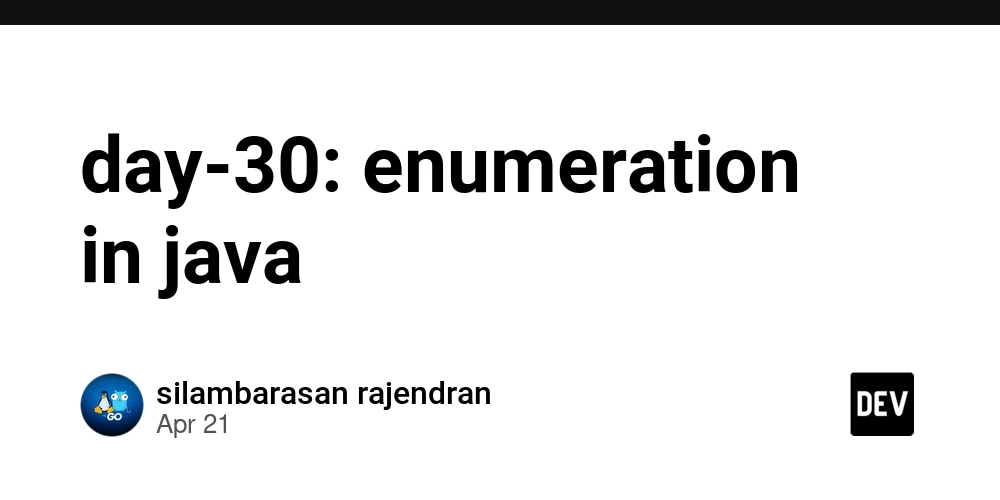Part 2: Why Your AI is Stuck in a Memento Loop
In Part 1, we likened today's typical AI "memory" to the plight of Leonard Shelby in Memento: brilliant at accessing isolated fragments (Polaroids, notes, tattoos) but unable to weave them into the coherent tapestry of true knowledge. He remembers that he has a note, but not necessarily the reliable why or the how it connects to everything else. Now, let's diagnose why popular RAG approaches, inherently create this dangerous, fragmented reality for our AI. Imagine Leonard's investigation. His "database" consists of disconnected snapshots and cryptic assertions. When he tries to solve a problem ("Who is John G?"), he shuffles through these fragments, looking for clues that feel related. This is strikingly similar to how typical RAG approaches use “memory” : The Polaroid Snapshot (Context Stripping): Just as Leonard's Polaroids capture only a single moment divorced from what came before or after, document chunking for vectorization strips vital context. A retrieved sentence saying "Project Titan deadline is critical" loses the surrounding discussion about why it's critical, who set it, or what happens if it's missed. The AI gets the snapshot, not the scene. Cryptic Notes & Missing Links (Relationship Blindness): Leonard's notes might say "Meet Natalie" and "Don't believe Dodd's lies." Vector search can find documents mentioning "Natalie" and documents mentioning "Dodd," but like Leonard, it lacks the explicit map connecting them. Does Natalie know Dodd? Is she part of the lies? The relationships aren't inherently encoded in the vector similarity. Finding similar topics doesn't mean understanding their causal or structural connection, leaving the AI to guess these critical links. Trusting Faded Ink (Provenance Oblivion): Leonard must trust his fragmented notes, even if they were written under duress, based on misinformation, or are simply outdated. Standard RAG often does the same, treating all retrieved text fragments as equally valid assertions. It frequently lacks a robust mechanism to track provenance – the source, timestamp, or reliability score of the information. An old, debunked "fact" retrieved via vector similarity looks just as convincing to the LLM as a fresh, verified one. The Leonard Shelby Effect in AI: When AI operates with only these disconnected, context-stripped, relationship-blind, and provenance-oblivious fragments, its reasoning becomes dangerously flawed: Hallucinating Connections: Like Leonard assuming connections between unrelated clues, the LLM invents relationships between text fragments simply because they were retrieved together. Contradictory Actions: Acting on conflicting "facts" because it can't verify which source or connection is trustworthy or current. Inability to Synthesize: Unable to build a larger picture or draw reliable conclusions because the foundational links between data points are missing or inferred incorrectly. We are building AI systems trapped in a Memento loop: forever re-reading fragmented clues, capable of impressive recall but incapable of forming the durable, interconnected knowledge needed for reliable reasoning and true understanding. They are architecturally destined to make potentially disastrous mistakes based on an incomplete and untrustworthy view of their "world." If we want AI to escape this loop, we need to fundamentally change how we provide information. We need to move beyond retrieving isolated Polaroids and start building systems that can understand the whole, interconnected story. How do we provide that interconnected narrative? How do we build AI memory that understands relationships and provenance? Stay tuned for Part 3 where we reveal the architecture for true AI knowledge. Have you seen an AI confidently stitch together unrelated facts like Leonard building a flawed theory? Let us know:

In Part 1, we likened today's typical AI "memory" to the plight of Leonard Shelby in Memento: brilliant at accessing isolated fragments (Polaroids, notes, tattoos) but unable to weave them into the coherent tapestry of true knowledge. He remembers that he has a note, but not necessarily the reliable why or the how it connects to everything else. Now, let's diagnose why popular RAG approaches, inherently create this dangerous, fragmented reality for our AI.
Imagine Leonard's investigation. His "database" consists of disconnected snapshots and cryptic assertions. When he tries to solve a problem ("Who is John G?"), he shuffles through these fragments, looking for clues that feel related. This is strikingly similar to how typical RAG approaches use “memory” :
The Polaroid Snapshot (Context Stripping): Just as Leonard's Polaroids capture only a single moment divorced from what came before or after, document chunking for vectorization strips vital context. A retrieved sentence saying "Project Titan deadline is critical" loses the surrounding discussion about why it's critical, who set it, or what happens if it's missed. The AI gets the snapshot, not the scene.
Cryptic Notes & Missing Links (Relationship Blindness): Leonard's notes might say "Meet Natalie" and "Don't believe Dodd's lies." Vector search can find documents mentioning "Natalie" and documents mentioning "Dodd," but like Leonard, it lacks the explicit map connecting them. Does Natalie know Dodd? Is she part of the lies? The relationships aren't inherently encoded in the vector similarity. Finding similar topics doesn't mean understanding their causal or structural connection, leaving the AI to guess these critical links.
Trusting Faded Ink (Provenance Oblivion): Leonard must trust his fragmented notes, even if they were written under duress, based on misinformation, or are simply outdated. Standard RAG often does the same, treating all retrieved text fragments as equally valid assertions. It frequently lacks a robust mechanism to track provenance – the source, timestamp, or reliability score of the information. An old, debunked "fact" retrieved via vector similarity looks just as convincing to the LLM as a fresh, verified one.
The Leonard Shelby Effect in AI:
When AI operates with only these disconnected, context-stripped, relationship-blind, and provenance-oblivious fragments, its reasoning becomes dangerously flawed:
Hallucinating Connections: Like Leonard assuming connections between unrelated clues, the LLM invents relationships between text fragments simply because they were retrieved together.
Contradictory Actions: Acting on conflicting "facts" because it can't verify which source or connection is trustworthy or current.
Inability to Synthesize: Unable to build a larger picture or draw reliable conclusions because the foundational links between data points are missing or inferred incorrectly.
We are building AI systems trapped in a Memento loop: forever re-reading fragmented clues, capable of impressive recall but incapable of forming the durable, interconnected knowledge needed for reliable reasoning and true understanding. They are architecturally destined to make potentially disastrous mistakes based on an incomplete and untrustworthy view of their "world."
If we want AI to escape this loop, we need to fundamentally change how we provide information. We need to move beyond retrieving isolated Polaroids and start building systems that can understand the whole, interconnected story.
How do we provide that interconnected narrative? How do we build AI memory that understands relationships and provenance? Stay tuned for Part 3 where we reveal the architecture for true AI knowledge.
Have you seen an AI confidently stitch together unrelated facts like Leonard building a flawed theory? Let us know:





















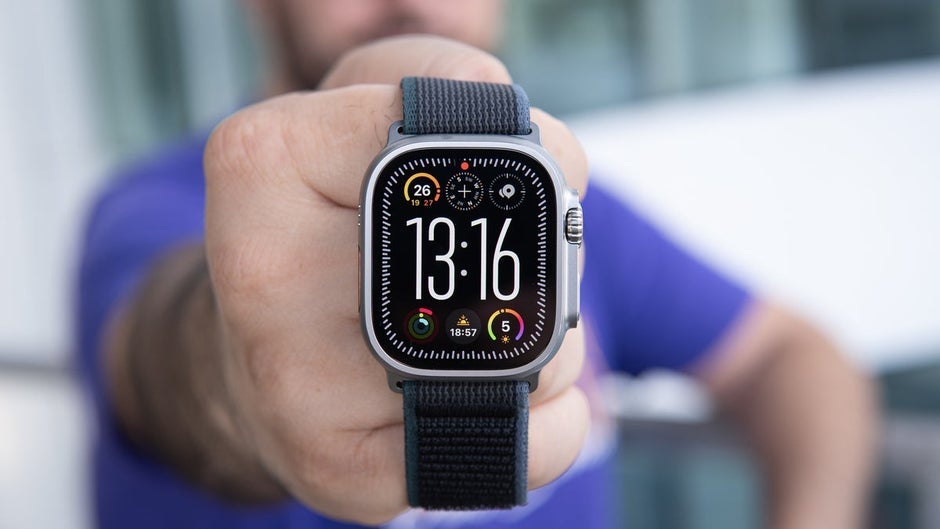
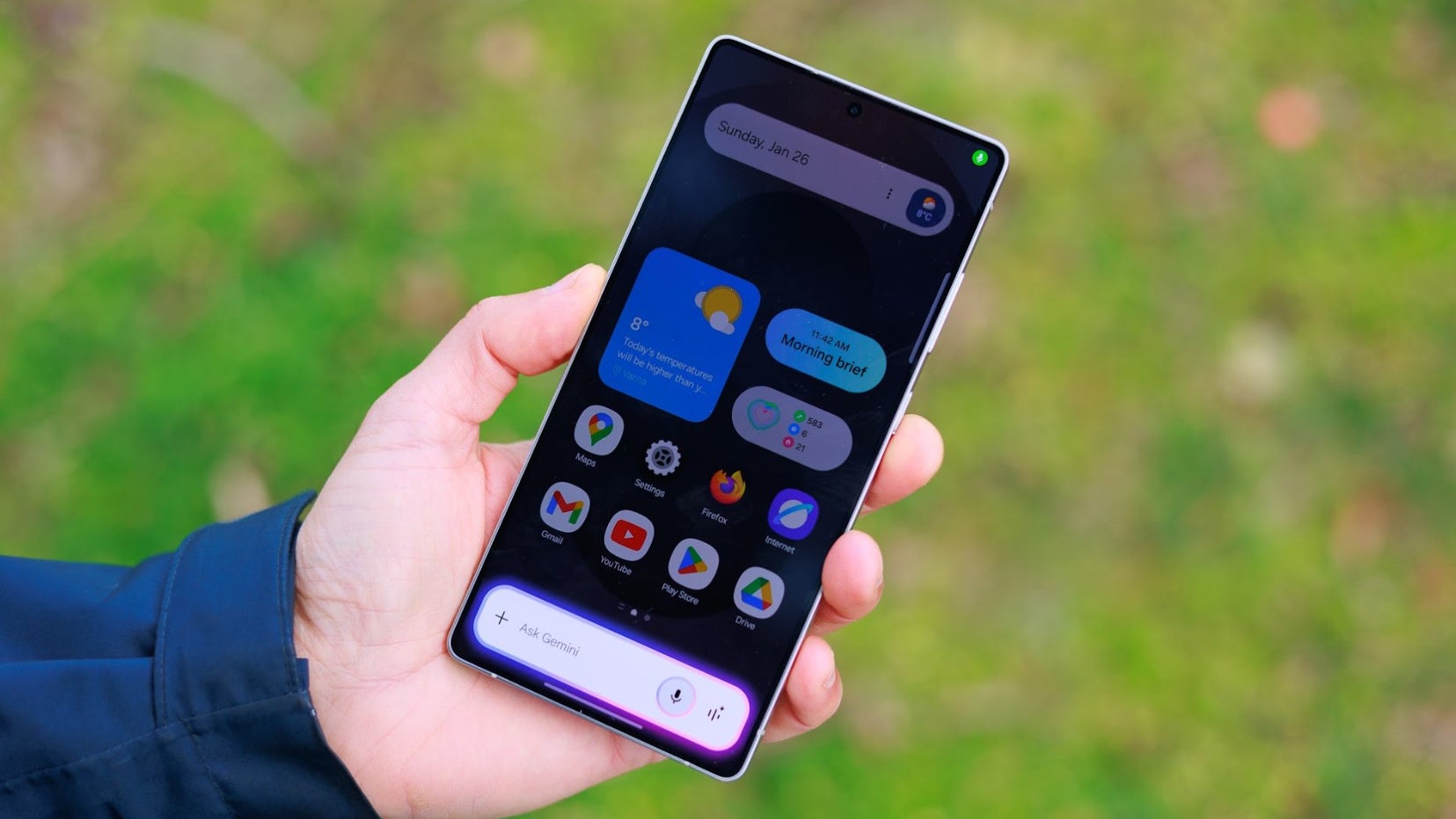
















































![Apple Smart Glasses Not Close to Being Ready as Meta Targets 2025 [Gurman]](https://www.iclarified.com/images/news/97139/97139/97139-640.jpg)
![iPadOS 19 May Introduce Menu Bar, iOS 19 to Support External Displays [Rumor]](https://www.iclarified.com/images/news/97137/97137/97137-640.jpg)

![Apple Drops New Immersive Adventure Episode for Vision Pro: 'Hill Climb' [Video]](https://www.iclarified.com/images/news/97133/97133/97133-640.jpg)






































































































 CISO’s Core Focus.webp?#)


_Olekcii_Mach_Alamy.jpg?width=1280&auto=webp&quality=80&disable=upscale#)


















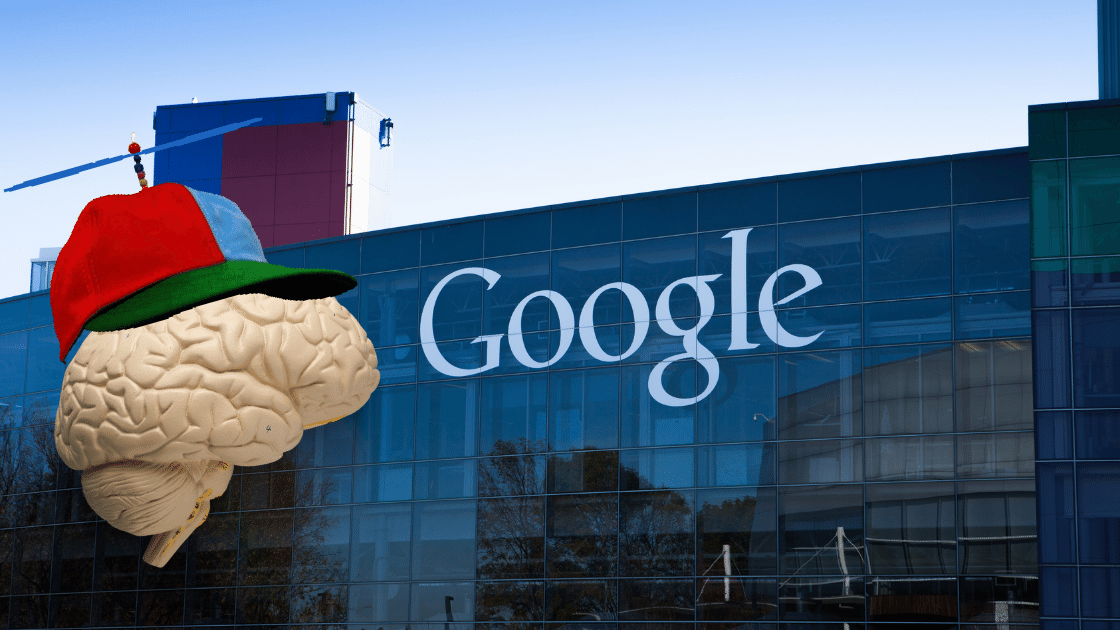




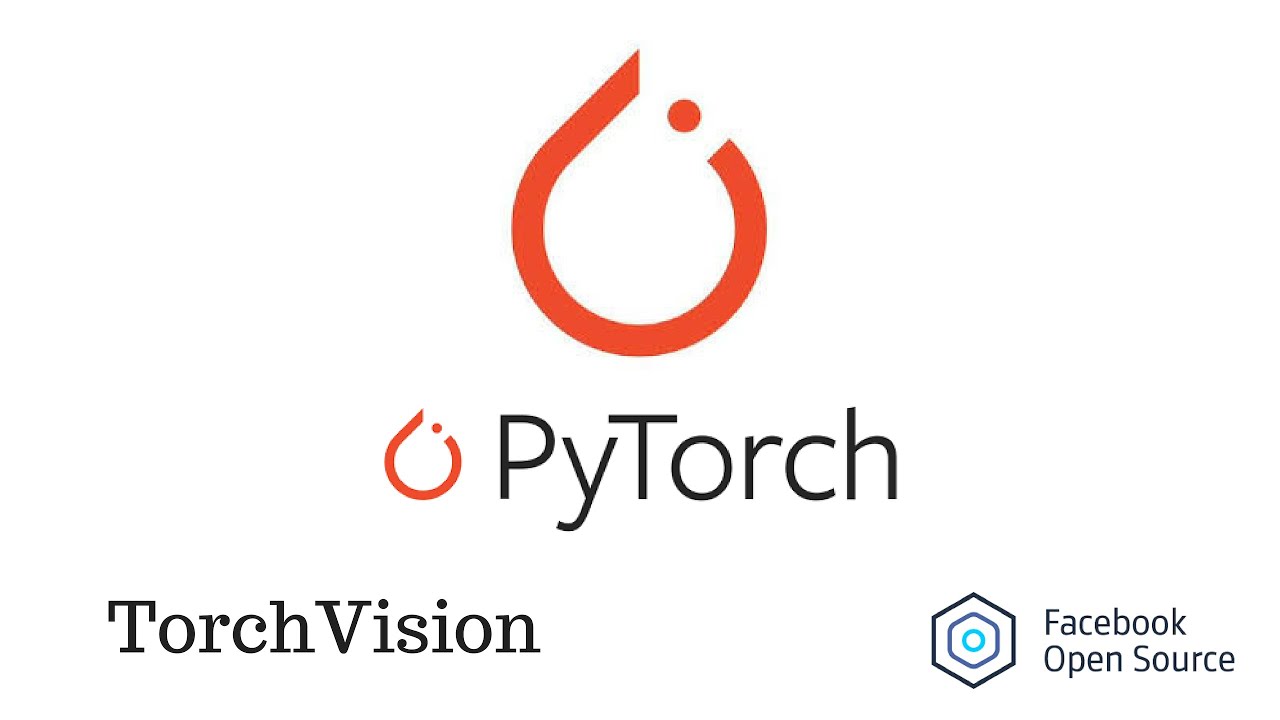
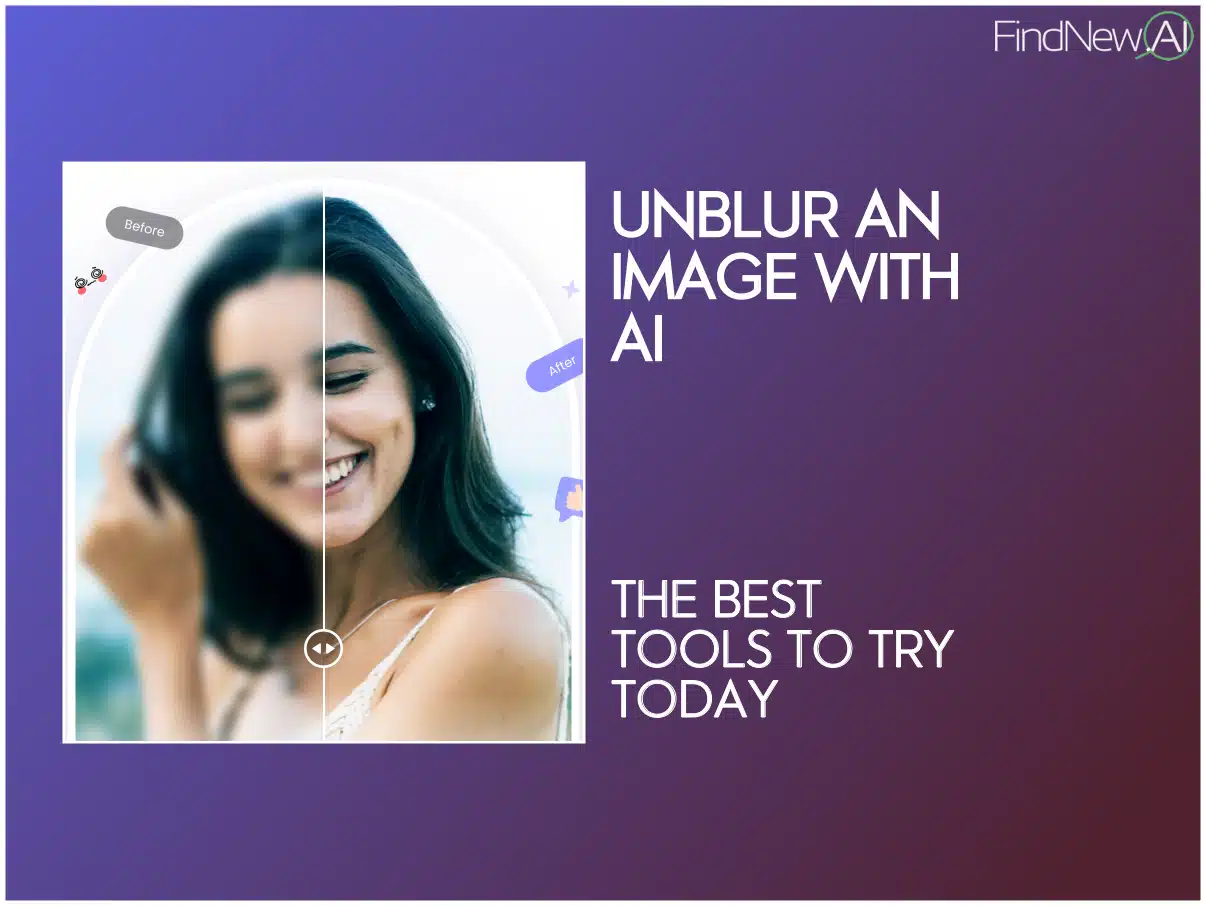





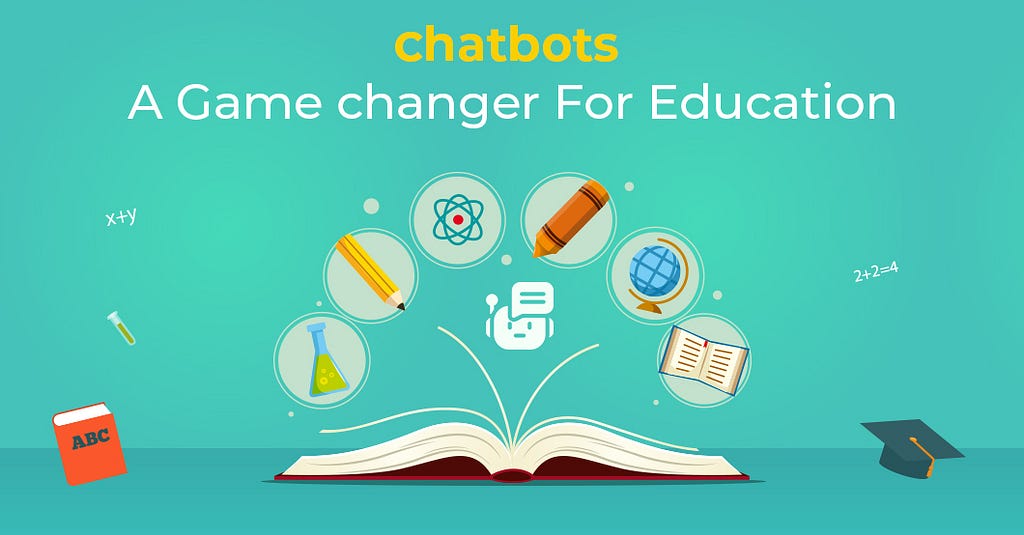




















































































![[The AI Show Episode 144]: ChatGPT’s New Memory, Shopify CEO’s Leaked “AI First” Memo, Google Cloud Next Releases, o3 and o4-mini Coming Soon & Llama 4’s Rocky Launch](https://www.marketingaiinstitute.com/hubfs/ep%20144%20cover.png)





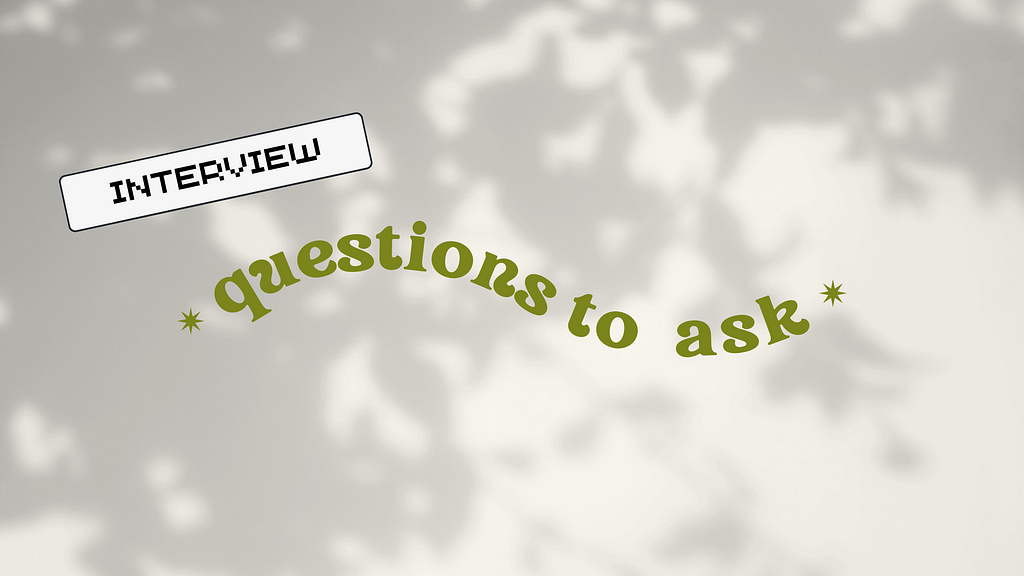





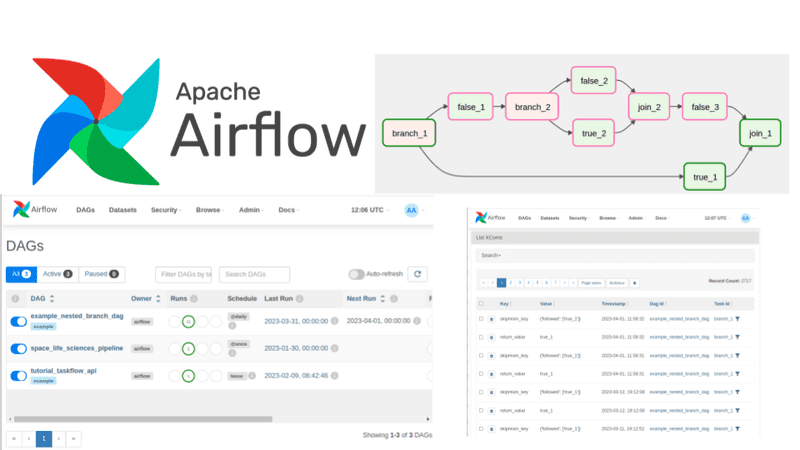
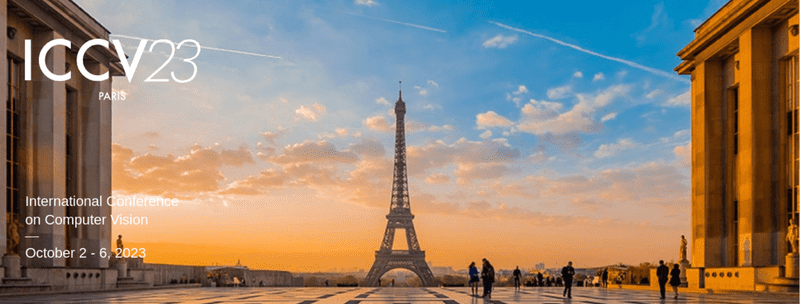















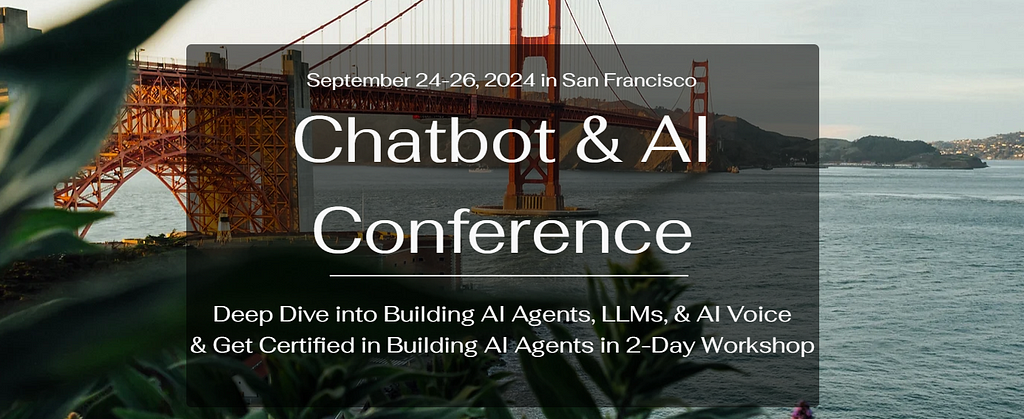


















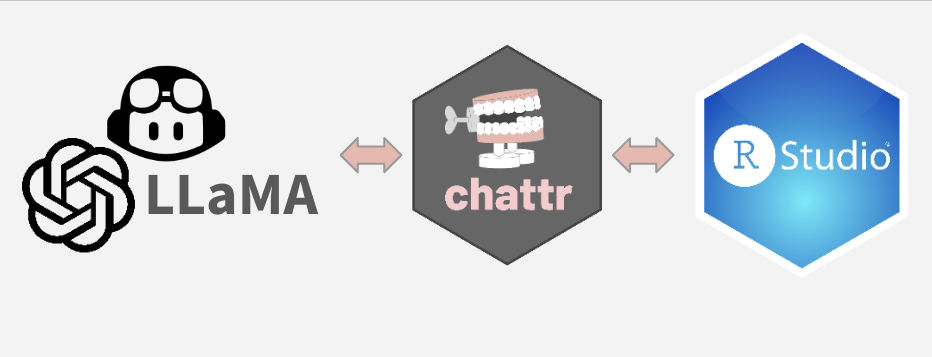
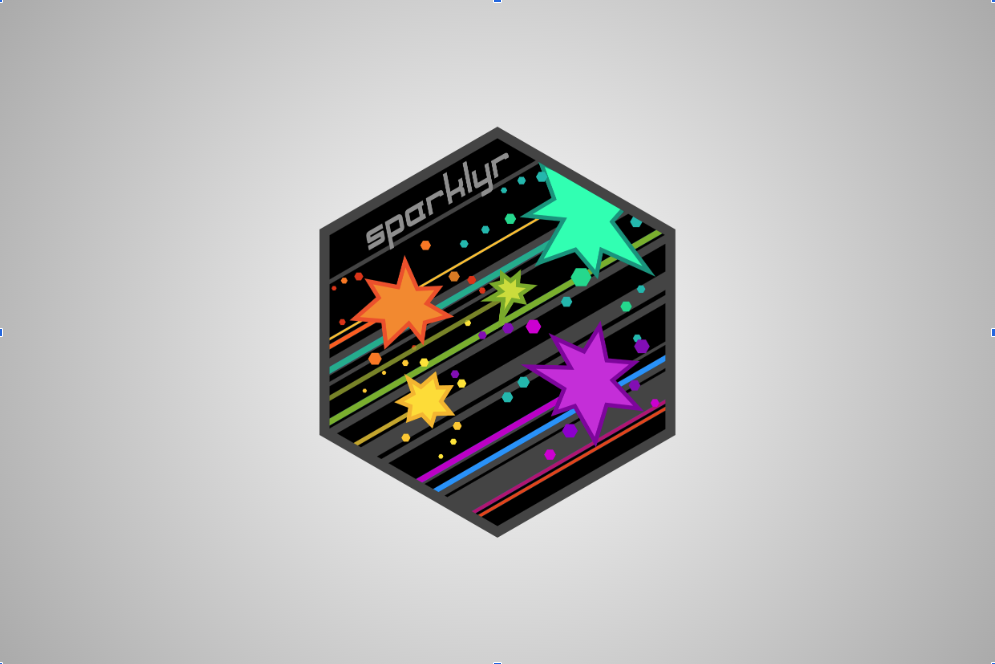




































































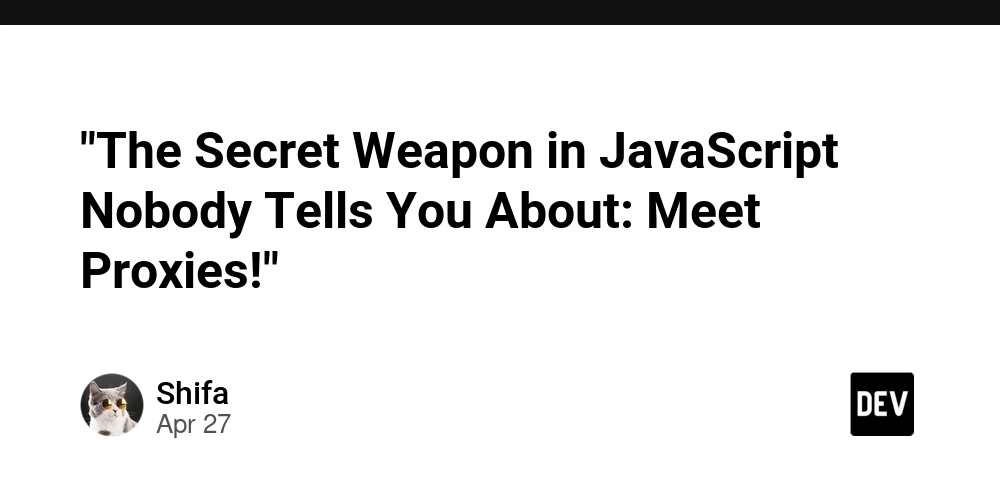
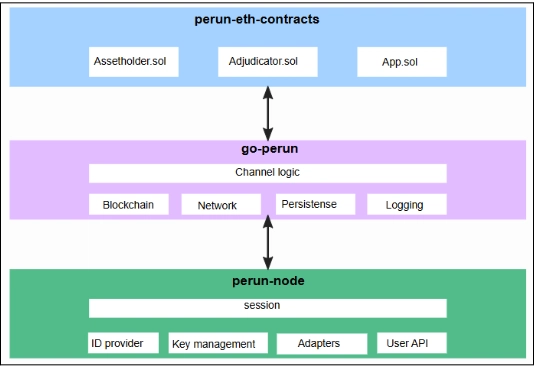
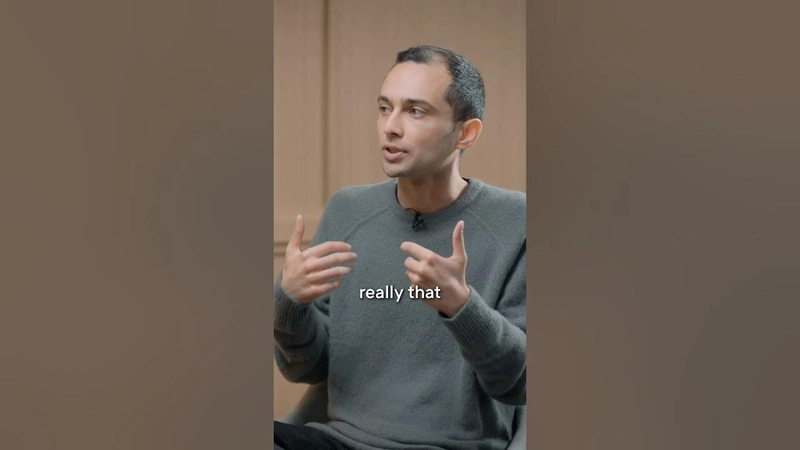













































![[DEALS] Koofr Cloud Storage: Lifetime Subscription (1TB) (80% off) & Other Deals Up To 98% Off – Offers End Soon!](https://www.javacodegeeks.com/wp-content/uploads/2012/12/jcg-logo.jpg)



























-The-Elder-Scrolls-IV-Oblivion-Remastered---Official-Reveal-00-18-14.png?width=1920&height=1920&fit=bounds&quality=70&format=jpg&auto=webp#)




























































.jpg?width=1920&height=1920&fit=bounds&quality=70&format=jpg&auto=webp#)


